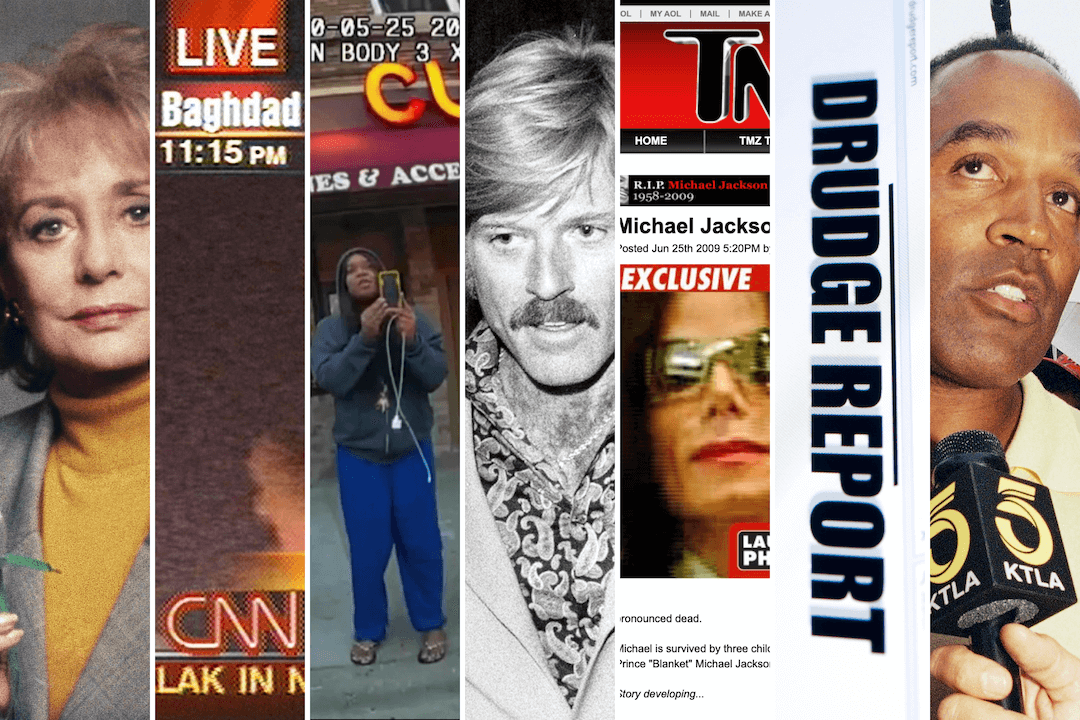On Tuesday, former Circa Editor-in-Chief Anthony De Rosa wrote about the problems of making post-publication changes, and not noting those changes, in digital journalism. Even if corrections are added, De Rosa wrote, there’s often no substance.
Rarely do corrections or clarifications carry any kind of explanation: how the reporter got the wrong vote count for an important bill; why the editor decided that the penultimate paragraph wasn’t really necessary. There’s a stunning lack of transparency.
De Rosa also offers a few things that would help readers keep up with corrections, including a track changes button and a follow function that would notify readers who’ve signed up for notifications of any changes made.
Last May, Craig Silverman (now BuzzFeed Canada’s editor in chief) led a News University Webinar on corrections called “Online and Social Media Corrections: When, Why and How.”
Silverman spoke about writing corrections, creating a corrections policy and he included some best practices for social media. He also spoke about how good corrections can be another tool for engagement.
Silverman pointed out that the Columbia Missourian asks readers to help spot corrections with “Show Me The Errors.” The Missourian holds a monthly contest to reward people who participate.
“It’s a wonderful way to show that, yes, we do make mistakes. You can help us correct them and we’ll reward you for doing that,” Silverman said. “A really simple, easy way to do it, but it creates a great connection with the community.”







